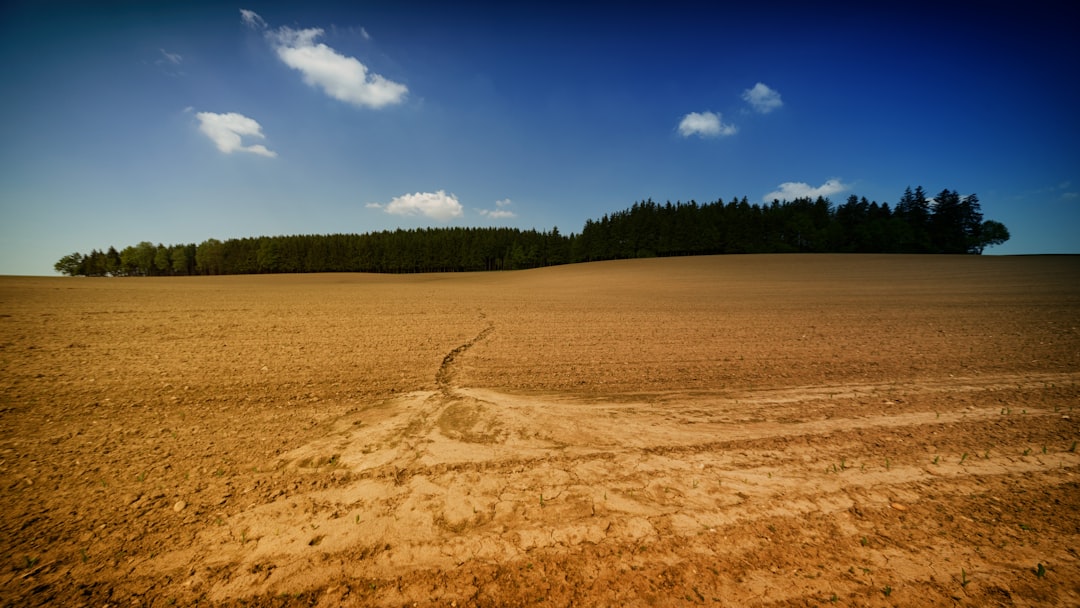Soil is one of Earth’s most precious natural resources. It’s the foundation of agriculture, a crucial component of ecosystems, and an essential player in the carbon and water cycles. Yet, around the world, our soils are under threat. Soil degradation and erosion are silently undermining food security, biodiversity, and climate resilience.
In this post, we’ll explore what soil degradation and erosion are, what causes them, why they matter, and how we can protect our soils for a more sustainable future.
🌍 What Is Soil Degradation?
Soil degradation refers to the decline in soil quality caused by human activities or natural processes. It affects the soil’s physical, chemical, and biological properties, reducing its ability to support plant growth and ecosystem functions.
There are several types of soil degradation:
-
Physical degradation: Compaction, loss of structure, and reduced water infiltration.
-
Chemical degradation: Nutrient depletion, salinization, and pollution by chemicals or heavy metals.
-
Biological degradation: Decline in organic matter and microbial activity.
🌪️ What Is Soil Erosion?
Soil erosion is a specific type of degradation where the top layer of soil—rich in nutrients and organic matter—is worn away by water, wind, or human activity. It’s a natural process, but it’s being drastically accelerated by land misuse.
Types of erosion include:
-
Water erosion: Caused by rainfall, runoff, and rivers.
-
Wind erosion: Occurs in dry, bare areas where wind lifts and transports soil particles.
-
Tillage erosion: Resulting from repeated plowing and soil movement in agriculture.
⚠️ Causes of Soil Degradation and Erosion
Human activity is the primary driver of modern soil degradation. Major causes include:
1. Deforestation
Removing vegetation cover exposes soil to wind and water, reducing its stability and increasing erosion.
2. Overgrazing
Excessive livestock grazing removes plant cover and compacts the soil, leading to erosion and poor water infiltration.
3. Intensive Agriculture
Monocropping, excessive tillage, and overuse of chemical fertilizers and pesticides degrade soil health and structure.
4. Urbanization
Construction and land sealing (e.g., asphalt, concrete) disturb or remove fertile topsoil, contributing to erosion and runoff.
5. Climate Change
Increased droughts, intense rainfall, and extreme weather events can accelerate both degradation and erosion processes.
🌱 Why Healthy Soil Matters
Healthy soil is vital for:
-
Food production: Over 95% of our food comes directly or indirectly from soil.
-
Water regulation: Soils store and filter water, helping reduce floods and droughts.
-
Carbon storage: Soils are the second-largest carbon sink after oceans, helping to mitigate climate change.
-
Biodiversity: Soil teems with life—microbes, fungi, insects—that support entire ecosystems.
-
Clean air and water: Soil acts as a natural filter for pollutants and helps prevent air dust pollution.
🌾 Consequences of Soil Degradation
-
🌍 Reduced agricultural productivity and increased risk of crop failure.
-
💧 Water scarcity due to poor infiltration and increased runoff.
-
🐝 Loss of biodiversity, both above and below ground.
-
💨 Dust storms and air pollution, especially in dry areas.
-
🧑🌾 Rural poverty and migration, as degraded land can no longer support livelihoods.
-
🔥 Climate change acceleration, as degraded soils release stored carbon.
✅ Solutions: How to Protect and Restore Our Soils
1. Conservation Agriculture
Minimal tillage, crop rotation, and cover cropping protect soil structure, retain nutrients, and reduce erosion.
2. Agroforestry
Integrating trees with crops or livestock helps stabilize soil, improve fertility, and increase resilience.
3. Reforestation and Afforestation
Restoring forests helps anchor soil, increase organic matter, and promote water retention.
4. Terracing and Contour Farming
Especially on slopes, these practices slow water flow and reduce erosion.
5. Organic Amendments
Using compost, green manure, and biochar to restore nutrients and microbial life.
6. Grazing Management
Rotational grazing and setting aside degraded land can allow soil and vegetation to recover.
7. Policy and Education
Supporting sustainable land management through government policies, land tenure reforms, and farmer education.
🌐 Global Efforts to Combat Soil Degradation
-
The United Nations Convention to Combat Desertification (UNCCD) works with countries to reverse land degradation and desertification.
-
FAO’s Global Soil Partnership promotes sustainable soil management.
-
Initiatives like The 4 per 1000 Initiative advocate increasing soil carbon as a climate solution.
🧠 What Can You Do?
Even if you’re not a farmer, you can help protect soil by:
-
Supporting organic and regenerative agriculture.
-
Reducing food waste.
-
Planting trees and native vegetation in your community.
-
Educating others about the value of soil.
🌿 Conclusion
Soil may lie beneath our feet, but it’s the foundation of life above ground. As the world grapples with environmental crises—from climate change to food insecurity—protecting our soils is more important than ever.
By understanding the causes and consequences of soil degradation and erosion, and by acting collectively, we can ensure a healthier planet for ourselves and future generations.

Comments
No comments yet. Be the first to comment!
You must be logged in to comment. Login